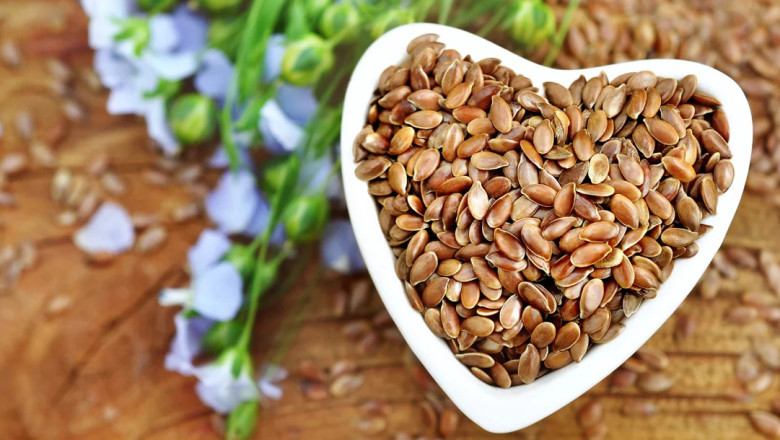Importers’ demand for Ukrainian grains
30 June, 2022 at 10:06
Wheat. Indonesia is not a producer, therefore imports directly depend on domestic consumption trends. Ukrainian wheat price is competitive despite a significant share of freight costs in it. Wheat consumption and imports in MY 2022/23 are expected to increase.
The blockade of the Ukrainian Black Sea ports makes it impossible to export grain by Panamax vessels that saves logistics costs substantially. Indonesia will likely replace wheat of Ukrainian origin in its “portfolio” with more logistically accessible grains from Australia and Argentina.
Egypt is short of its own wheat harvest to meet domestic consumption. Black Sea origin is the most advantageous in terms of price-quality ratio. Another contributor to the attractive price is low logistics costs. A rise in Egyptian wheat plantings and production in MY 2022/23 leads to lower imports.
The wheat harvest in Turkey is not enough to cover domestic consumption. The wheat area in Turkey is stable at 7 Ml ha, but the crop size mainly depends on the weather. The weather in 2021 was unfavorable but the 2022/23 crop is expected to increase.
In addition, Turkey is the world’s largest producer of flour, while flour demand is on the rise. Therefore, Turkey imports significant quantities of wheat.
Barley. MY 2022/23 is set to witness higher barley consumption in China compared to last year. Barley production is low, imports are expected at 10 M mt, or up 18% from MY 2021/22. Almost one-third of Chinese imports were represented by barley from Ukraine.
With the ports blocked, Ukrainian exports to China will decline. China will have to buy barley in Europe, Canada, or even return to purchasing that of Australian origin. The alternative for Ukrainian corn is Brazilian origin.
Not so long ago, Saudi Arabia was the main destination for Ukrainian barley exports. However, exports to China have become less profitable. Barley demand in MY 2022/23 will remain at the 2021/22 level, russian barley will most likely compensate for the lack of supply from Ukraine.



